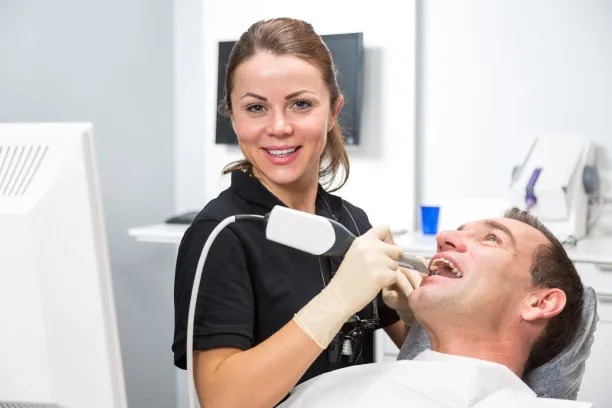The Essential Guide to Extracting a Tooth Safely and What to Expect After the Procedure
Summary: Extracting a tooth can be a daunting experience, but understanding the procedure and what to expect can help alleviate anxiety. This guide highlights the key steps involved in a safe tooth extraction, including preparation, the extraction process itself, aftercare, and potential complications. Knowing what to expect can empower patients, ensuring they feel more at ease throughout the experience. Whether it’s necessary for dental health reasons or relief from discomfort, this essential guide provides insight into a typically routine yet critical dental procedure.
1. Preparing for a Tooth Extraction Safely

Before undergoing a tooth extraction, proper preparation is essential. It begins with a consultation with your dentist, who will review your medical history and may perform an examination or X-rays to assess the tooths condition. Understanding the need for extraction, whether due to decay, crowding, or infection, helps patients grasp the importance of the procedure.
Next, discuss any medications youre currently taking with your dentist, as certain drugs can impact the extraction process. For example, anticoagulants can increase bleeding risk. Your dentist may advise you to pause certain medications or prescribe alternatives to ensure a safer extraction.
Lastly, plan for your recovery post-procedure. Arrange for someone to drive you home after the extraction, as local anesthesia may impair your ability to operate a vehicle. Having a comfortable space and basic supplies ready—such as ice packs and pain relievers—can set the stage for a smoother recovery.
2. Understanding the Extraction Process
The tooth extraction process typically involves several critical steps, starting with anesthesia administration. Your dentist will apply a local anesthetic to numb the area around the tooth, ensuring you remain comfortable throughout the procedure. In some cases, sedation options are available for patients with anxiety or complex extractions.
Once youre numb, the dentist will gently loosen the tooth using specialized instruments designed for this purpose. Care is taken to minimize trauma to surrounding gum tissue. If the tooth is impacted or has curved roots, the dentist may need to remove it in sections, further ensuring safety and lessening discomfort.
After the tooth is extracted, the dentist will clean the extraction site and may place gauze to control bleeding. Its essential to follow the dentist’s post-procedure instructions closely, as proper care leads to an effective recovery and less chance of complications.
3. Aftercare Tips for Recovery
Post-extraction care is crucial for ensuring a smooth recovery. Initially, apply pressure with the gauze provided to help the blood clot. You may be advised to keep the gauze in place for a few hours until bleeding subsides. After that, avoiding strenuous activity, such as exercise or heavy lifting, contributes to a more comfortable healing process.
Diet modifications are also necessary. Stick to soft foods and fluids for the first few days. Avoid hot, spicy, and hard foods that could irritate the extraction site. Gradually reintroducing solid foods is advisable as discomfort decreases.
Furthermore, its important to monitor the extraction site for any signs of infection, such as persistent swelling, excessive pain, or fever. If any unusual symptoms occur, contact your dentist immediately for prompt assessment and potential treatment.
4. Recognizing Potential Complications
While most tooth extractions are routine and uncomplicated, awareness of potential complications can aid in swift resolution should they arise. Dry socket is a common post-operative issue where the blood clot fails to form or dislodges, causing intense pain. Symptoms include a foul taste in the mouth and visible bone in the socket. If suspected, consult your dentist for treatment options.
Infections can also occur following an extraction. Signs like increasing pain, swelling, or discharge from the extraction site necessitate immediate dental attention. Proper aftercare and hygiene can significantly reduce the risk of developing an infection.
Lastly, nerve injury, though rare, can occur during extraction, resulting in temporary or permanent numbness in the lip, tongue, or chin. Discuss this risk with your dentist during the pre-extraction consultation to better understand individual risks based on your circumstances.
Summary:
In summary, ensuring a safe tooth extraction involves careful preparation, a clear understanding of the procedure, diligent aftercare, and awareness of potential complications. By empowering patients with knowledge, they can feel more prepared for the experience, leading to a smoother recovery process.
This article is compiled by Vickong Dental and the content is for reference only.



